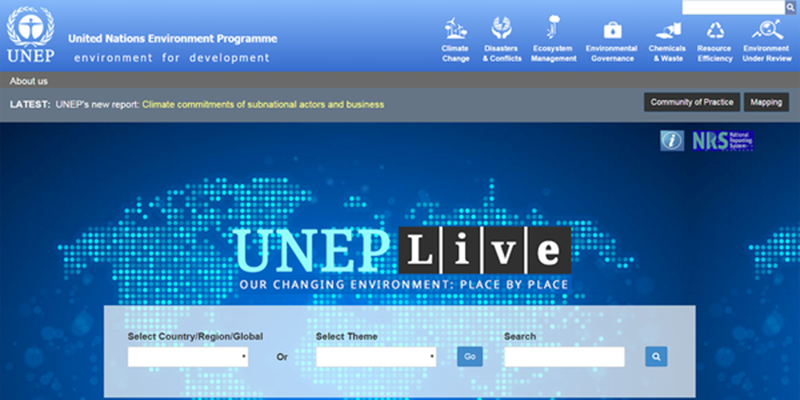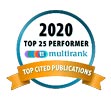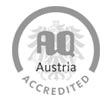UNEP commissions MU – Pioneering Web intelligence technology for air quality, biodiversity and climate change
June 25, 2015
The United Nations Environment Programme (UNEP) has commissioned MODUL University Vienna to develop a smart web intelligence solution for the environment. The platform is expected to make key contributions that will help in meeting agreed environmental goals and foster sustainable development. The core of the mandate will be the development of an extensive online platform for analyzing and interlinking global environmental indicators and communication flows. opinion trends on air quality, biodiversity and climate change from news channels
The Department of New Media Technology will develop the comprehensive web intelligence solution over the next two years. It will analyze both individual and relevant public, social media, online publications, global companies, environmental organizations, partners and stakeholders. Web intelligence technologies will align and compare environmental indicators from structured sources with relevant documents and postings from these online sources. The system will be integrated into UNEP's knowledge management platform – UNEP Live at www.unep.org/uneplive.
UNEP is the voice for the environment within the United Nations system. For more than 40 years, UNEP has been actively promoting the coherent implementation of the environmental dimension of sustainable development and serves as an authoritative advocate for the global environment. UNEP will use the latest Web intelligence technologies to inform the public about the relevance of environmental online communication in decision making.
In the words of Department head Prof. Arno Scharl, "the know-how of our team has helped to make numerous international contributions, particularly in the environmental sector. The webLyzard platform, for example, provides decision makers with Web intelligence about stakeholder opinions and trends in the public discourse – in real time and in multiple languages – using advanced visualizations. The collected information is important for obtaining a comprehensive and authentic reflection of current opinion on issues such as climate change".
The Department has used the webLyzard platform to analyze and support stakeholder communication for major international organizations, and has been working with the U.S. National Oceanic and Atmospheric Administration (NOAA) for many years. The Department also hosts the Media Watch on Climate Change, a public news and social media aggregator on climate change and related environmental issues.
Data Mining and Processing
A challenging part of the project will be to develop technologies for differentiating the environmental data gathered. Purely factual information will be automatically distinguished from individual, emotionally-driven expressions of opinion. Prof. Scharl outlines the potential of this approach: "Using the latest text mining methods, we will capture stakeholder perceptions of sustainability issues in real time. This will enable us to identify opinion leaders and structure the online dialog in terms of prevailing topics and geographic location". The result is a well-structured knowledge repository. The system will align social media postings contained in this repository with specific environmental indicators and provide intuitive visual tools to explore communication threads in a specific context. This will help environmental stakeholders to understand contested issues, track the evolution of public dialog over time, and identify priority environmental indicators that are shaping public opinion.
Searching and Seeing
Citizens and organizations will gain access to an interactive visual dashboard to explore the latest environmental information on UNEP Live. So-called word trees, for example, will show in which context terms such as "air quality", "biodiversity" or "climate change" are discussed around the world. Geographic maps will display origin and location targets of a communication, making it easier to track emerging stories and environmental trends. Entity maps will enable users to explore relations among different organizations, individuals, or places.
Overall, the Web intelligence platform will provide effective ways to retrieve the most relevant content from a comprehensive environmental knowledge archive. Opinions of key organizations and individuals alike will be automatically captured and put into perspective. This will allow users to spot geographic patterns, identify shifts in opinions on environmental matters, and track the influence of stakeholders on a given public discussion. This kind of information is highly valuable to decision makers and supports efforts to increase environmental literacy.





